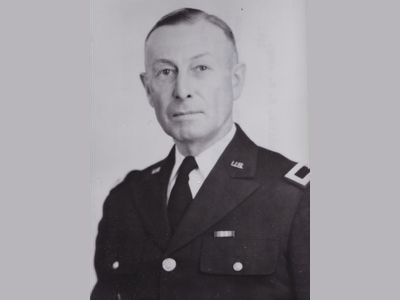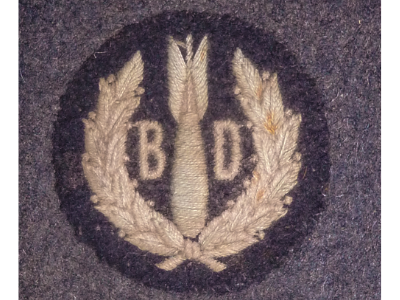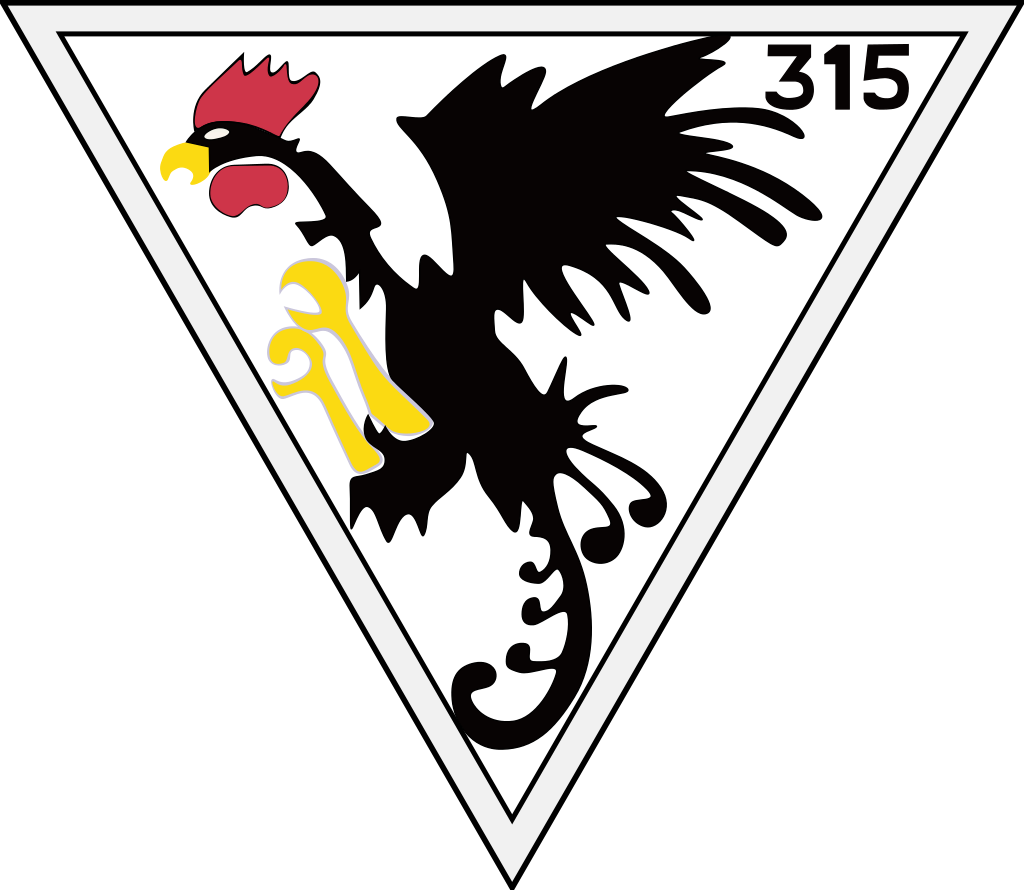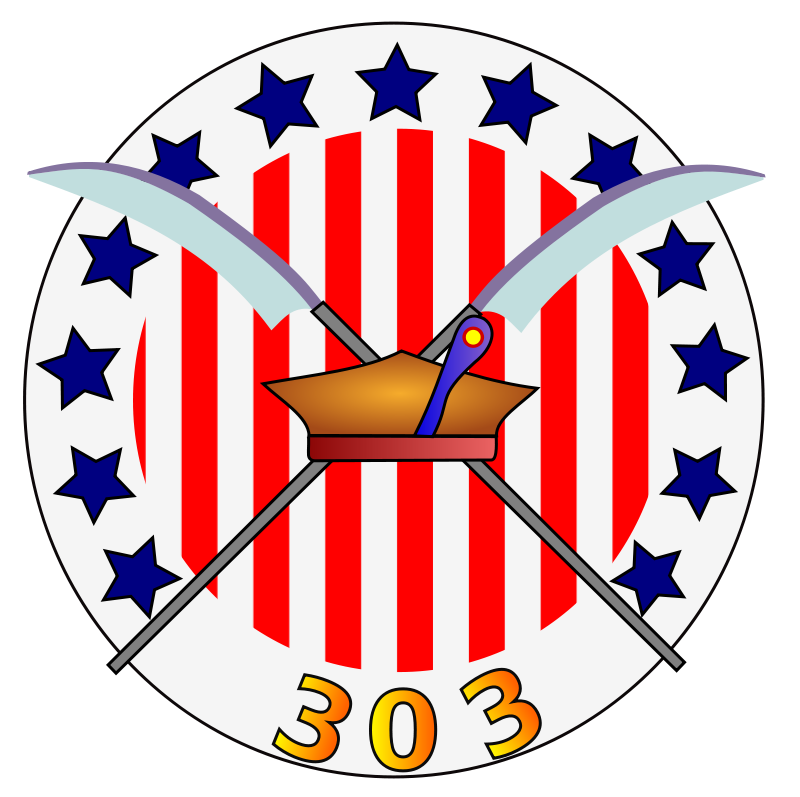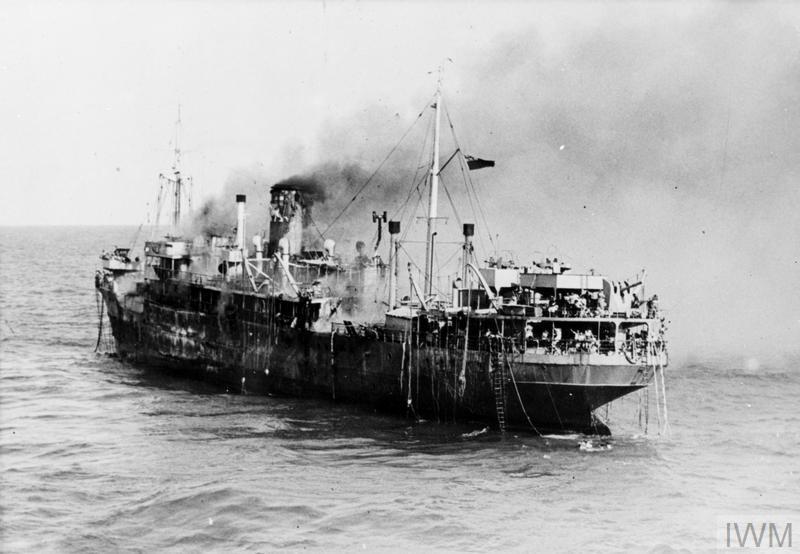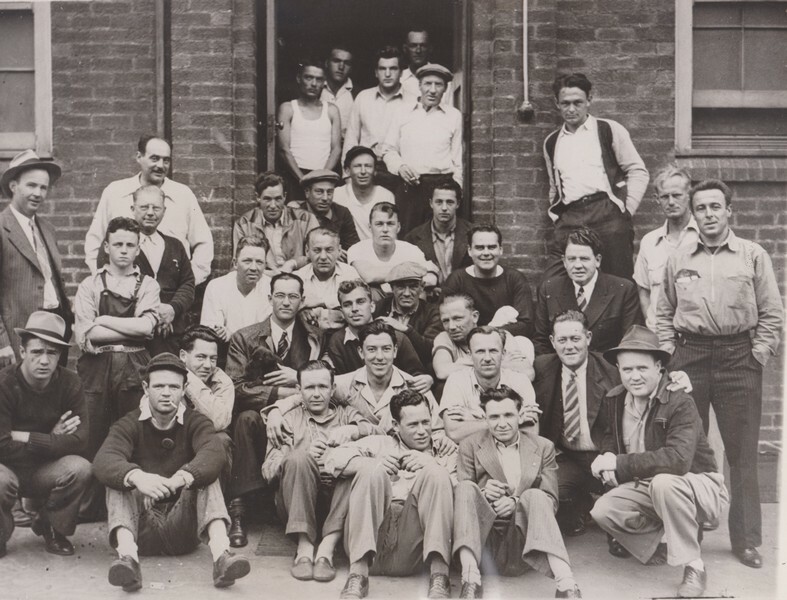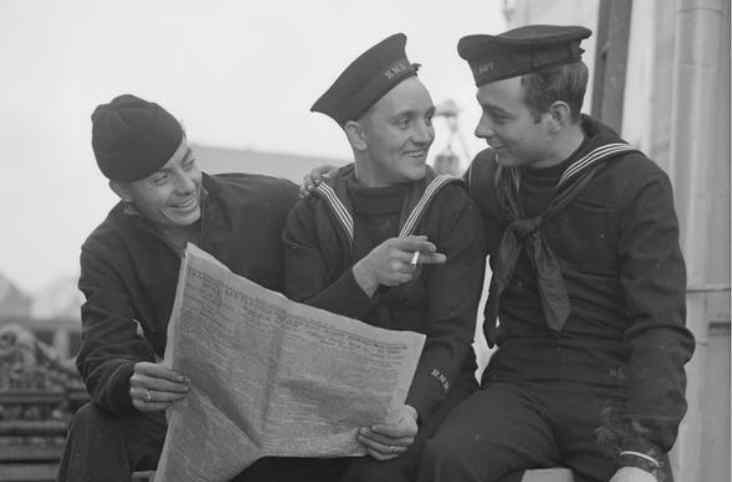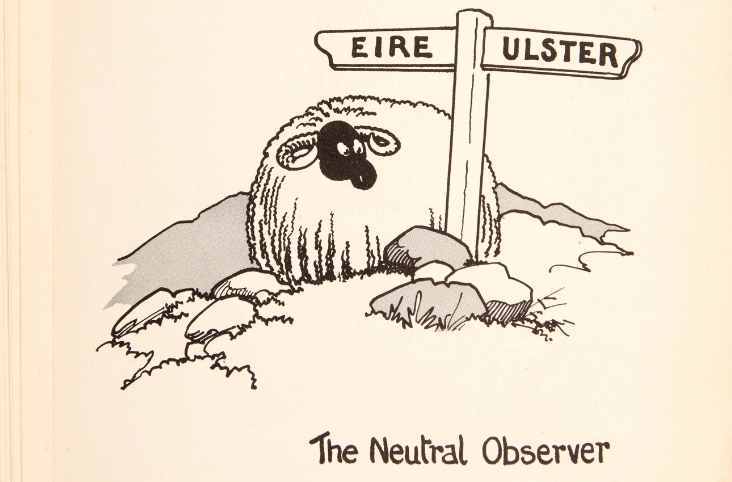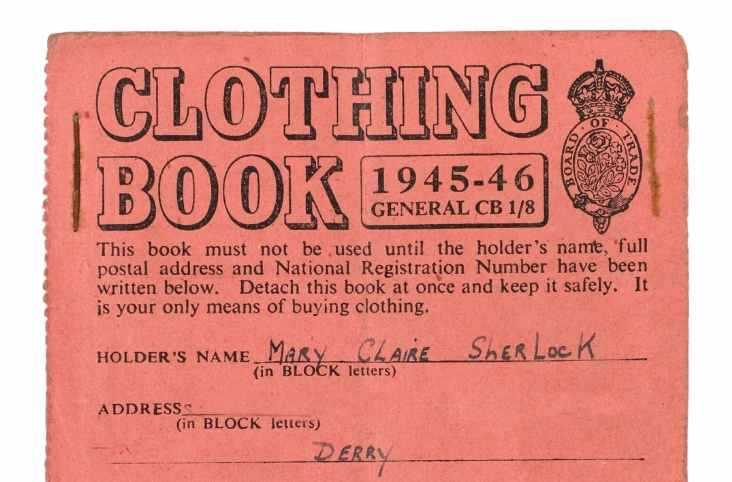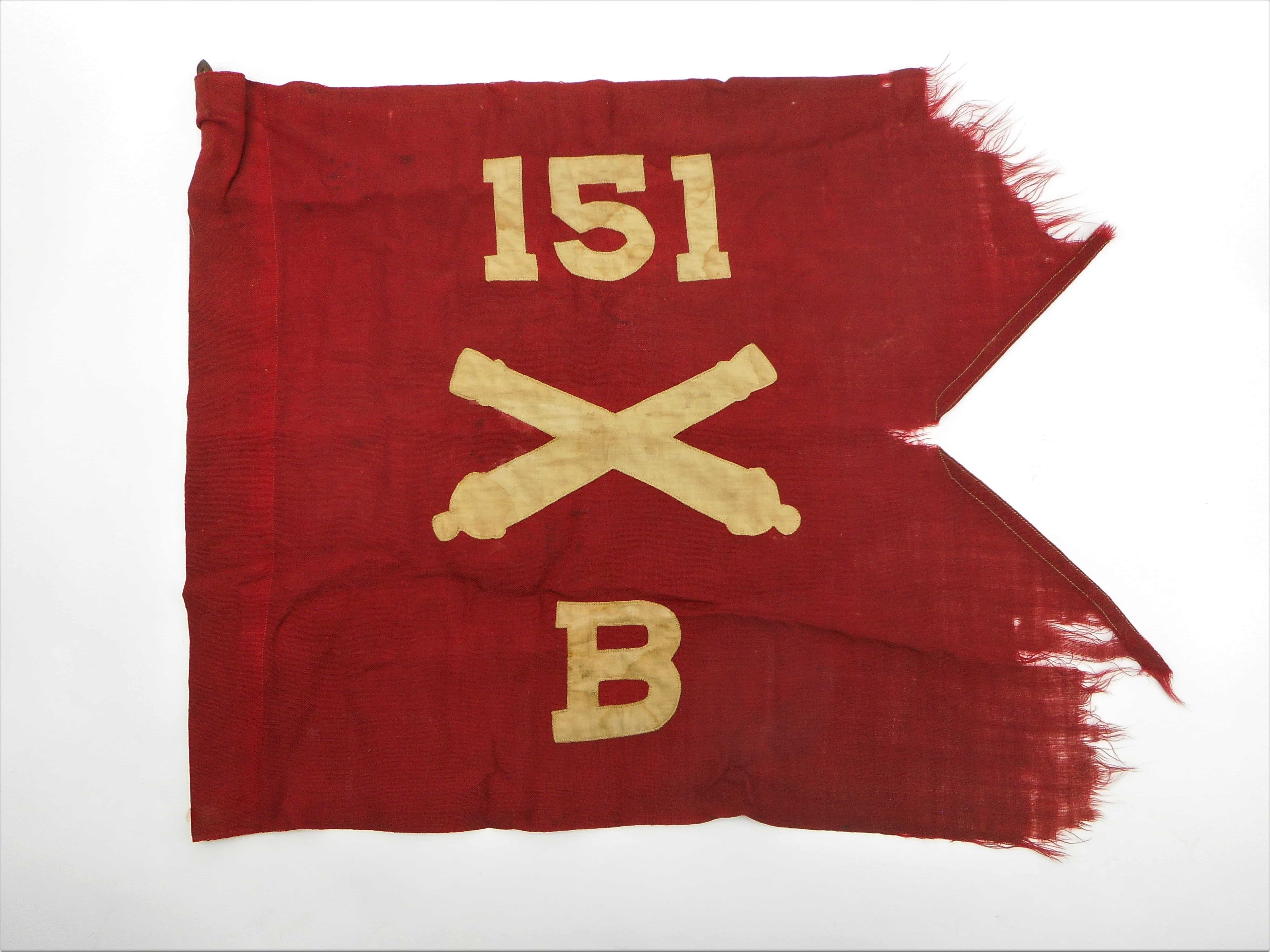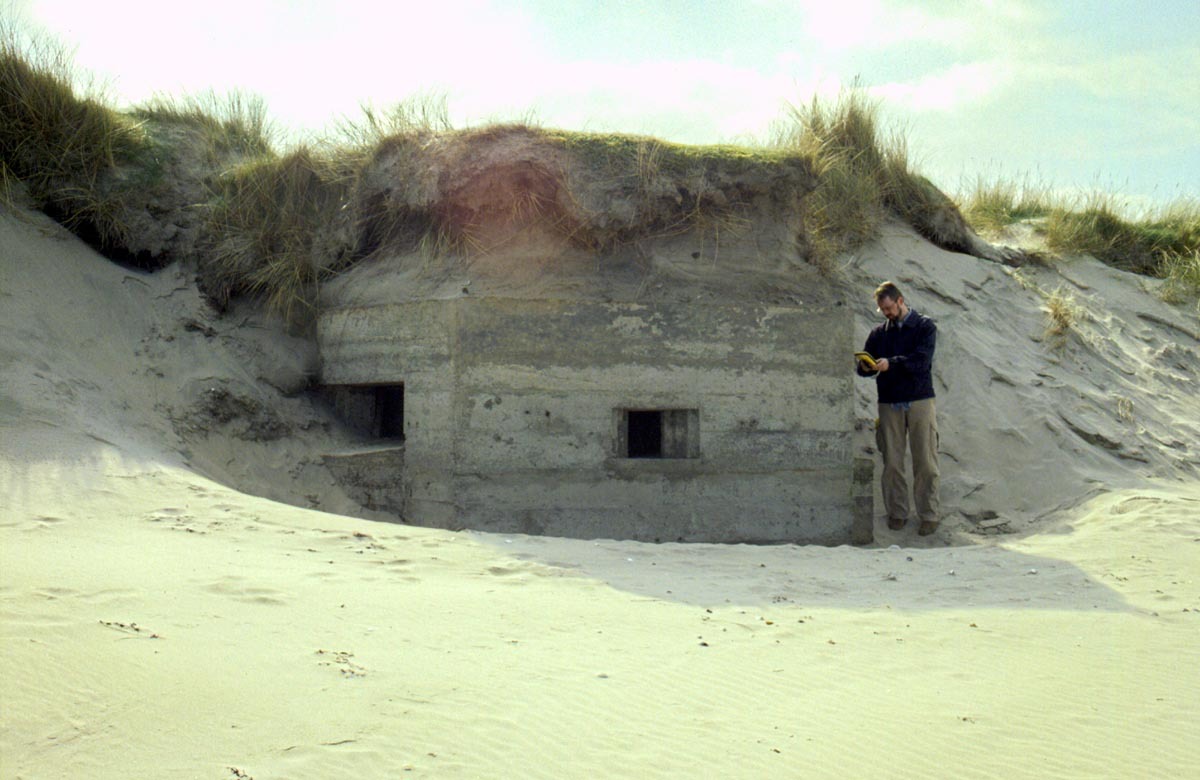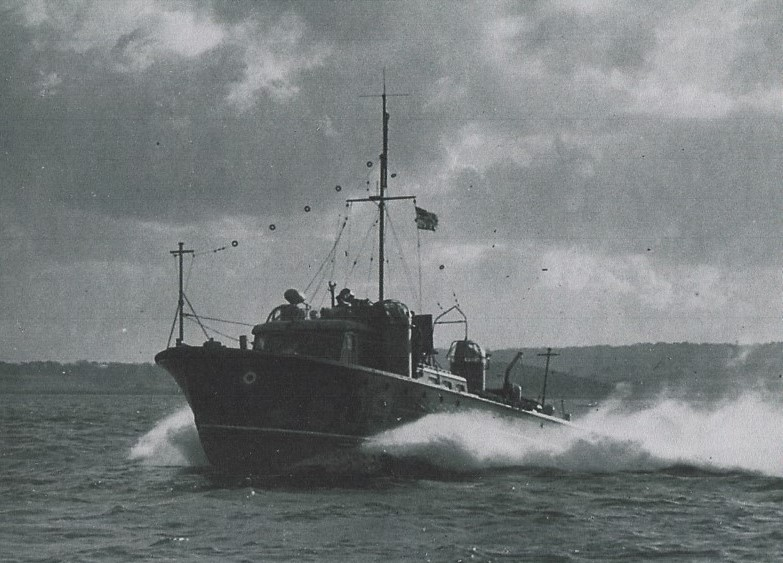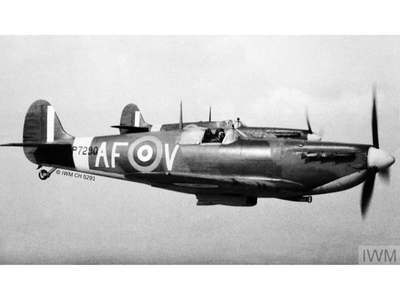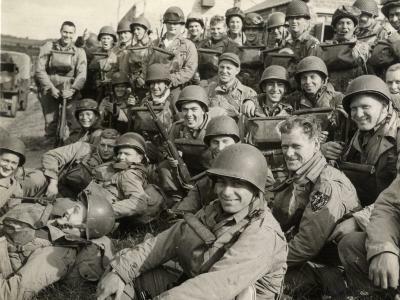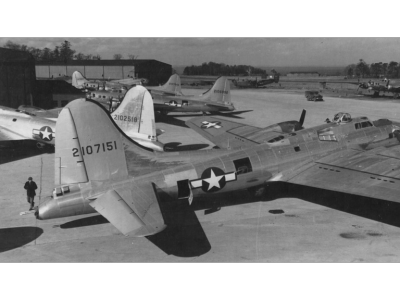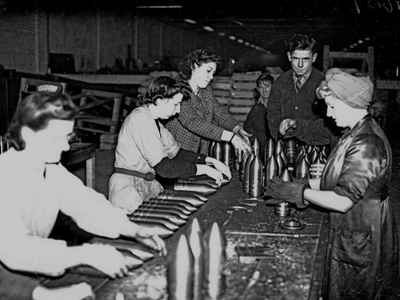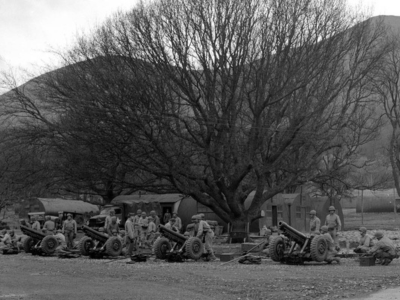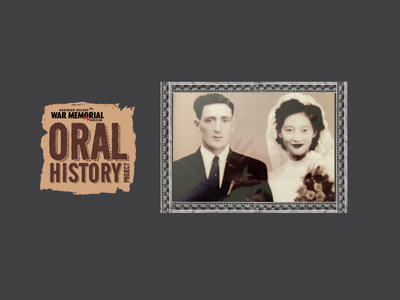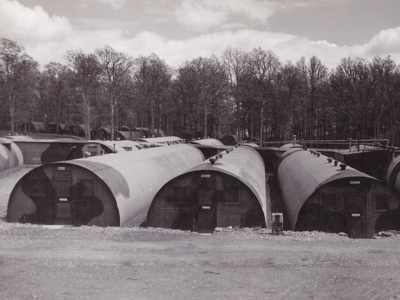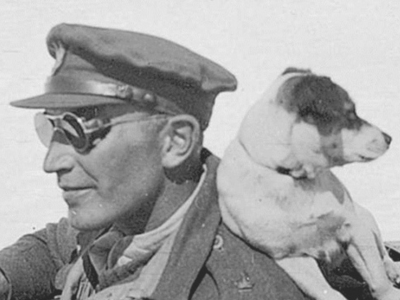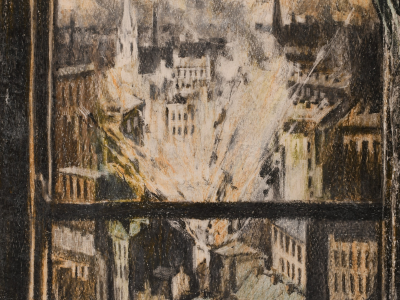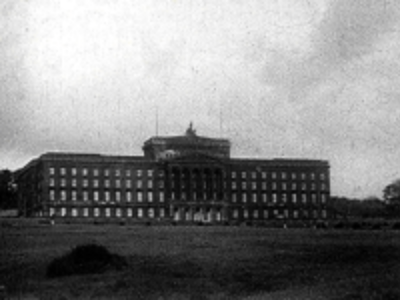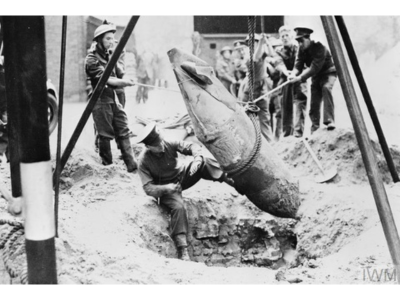BLOG
Victory Over Japan: Memories from the NI War Memorial
Today, 15th August 2025 marks the 80th anniversary of Victory over Japan or VJ Day. This blog will highlight some of the VJ Day stories within the oral history collections of the Northern Ireland War Memorial. While the war in Europe ended in May 1945, the war in the Far East continued through the Summer of 1945. To most, Victory over Japan Day on the 15th August 1945 didn’t mean as much as VE Day, as far as most locals were concerned, Germany had already been defeated and the war was over. When I ask how VJ day was marked, most interviewees can’t remember if it was celebrated at all.
Those who had a personal connection to the War in Japan, through loved ones serving in the Far East were more likely to celebrate VJ Day, such as US20 Sadie Lineker. Sadie was living in Belfast with her sister, both their husbands were serving in the Far East, therefore they didn’t celebrate VE Day at all- deciding to wait until after VJ Day when their husbands returned.
‘I was in Belfast again, living with my sister when the war ended and I said "Oh let's go out!" and she said "No, Tony and Danny are still away, we'll go out and celebrate when they get home"… So, they didn't get home until after the Japanese war had finished… We celebrated when they came home. ‘Cause they were still fighting the Japanese at that time you see… The European war ended but they were still out in Japan. Well, they didn't get home right away… The Japanese war ended about six months afterwards… VE Day was May wasn't it? Well the Japanese war ended in August and it was about six months after that when they finally got home.’
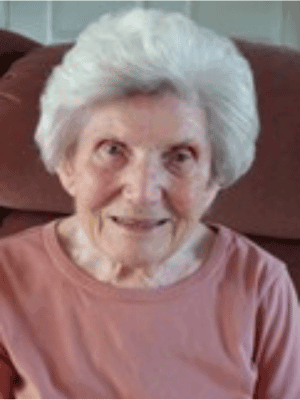
W&M103 Gillian Drennan, recalled how her father, Cecil Kilpatrick of Portballintrae, Co. Antrim marked VJ Day. Cecil was serving in the East, however, he was home in Northern Ireland on leave when VJ Day was declared. The Kilpatrick family insists that if Cecil hadn’t have been at home, it probably wouldn’t have been marked locally;
‘They got a load of driftwood and brought it back and they made a huge bonfire at Lissanduff in Portballintrae, and Dad then went down to the boathouse and went up into the attic and found two old wooden rowing boats and dragged them out, chopped them up and put them on the bonfire. Apparently he was very, very unpopular because of that and one of his friends took a very long time to forgive him’.
‘But so, but Stanley would say, Stanley his brother, would be adamant that the celebrations would never have happened if dad hadn't been there, because people here because the war in Europe was over, people felt like the war was over and just VJ Day didn't mean anything like as much to them. But he would say, Stanley did say there was dancing a lot on the seafront there in the street and his parents were dancing, which he, I think absolutely blew his mind. My grandparents were quite... well they weren't what you'd call strict, but they were kind of proper. They wouldn't be going dancing in the street, but I can just imagine how they must have felt’.
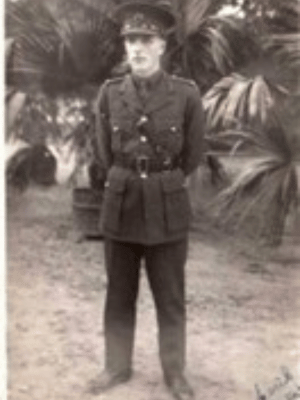
However, while VJ Day wasn’t as widely celebrated as VE Day, one celebration that appears most frequently in VJ Day reminiscences is bonfires. W&M39 Colin Walker from Bangor Co. Down, remembers a bonfire at St Luke’s Point on Belfast Lough;
‘What I do remember vividly are the celebrations on VJ Day after the war ended with Japan. I remember going with my father round to a bonfire at Luke's Point in Bangor where there's a huge bonfire to celebrate the ending of the hostilities of the war entirely.’
And on top of the bonfire they put an image of General Tojo who was the commander, a very notorious commander, of the Japanese forces. So, they put an effigy of General Tojo on top of that, I do remember that and there was great celebration around the bonfire’.
W&M215 Philip Donald, who had been evacuated to Portstewart similarly remembers a VJ bonfire, although festivities were somewhat overshadowed by his achievement of learning to swim earlier in the day!
‘I learned to swim on VJ Day, on the eighth of August 1945. At that time we had moved, we were living down in O'Hara Drive and there was a big bonfire. We fronted right onto the sea, it was just a hard drive road in front of us and then you were straight on to all the rocks that made up the beach there. There was a bonfire built and I remember big celebrations particularly on VJ night because I had learned to swim that day at Portnahapple.’
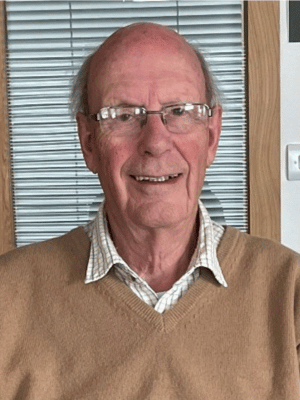
Yet, while there were some local bonfires, small celebrations or thanksgiving services in local churches. VJ Day celebrations were far more subdued when compared to VE Day in May 1945. W&M214 Derek Walker from Portadown Co. Armagh recalled;
‘When we came around to the end of the war with Japan, on VJ Day, I think people were a lot more subdued. There were celebrations. I can't remember them as clearly actually. But I think everyone was by that time thinking very much of all the restoration work that was going to have to be done and the difficulties we're going to be faced and of course we've heard about the atomic bombs on Hiroshima and Nagasaki and that I think people realised that we were going to be living in, in some ways a more dangerous world even though the war had come to an end.’
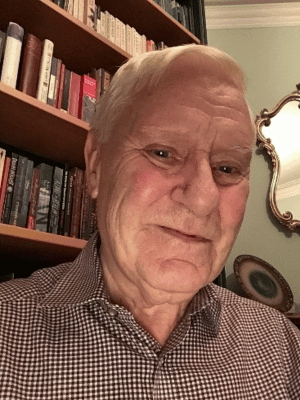
The Nuclear attacks on Hiroshima (6th August) & Nagasaki (9th August) caused massive destruction to both cities, many hundreds of thousands casualties and led to the swift surrender of Japan. For those that did remember VJ Day celebrations, it was often tempered by the horror of the atomic bombs on Nagasaki & Hiroshima. BBP3 Margaret Wilson from Belfast remembered;
‘We were sort of expecting VJ day in a way and again I suppose we shouldn't have been rejoicing about VJ because that came about because of the atomic bomb y'know, Hiroshima, Nagasaki. I was old enough then to be a bit horrified about that’.
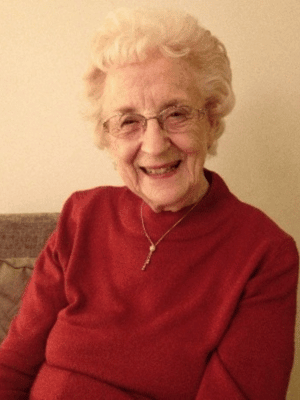
This horror is further echoed in W&M122 Violet Johnson’s interview- Violet from Belfast, was deeply affected by the news of the Atomic bombs;
‘We were sitting at the table one August day at lunchtime, when the cheerful announcement, the war with Japan was still on, that "We've got a new secret weapon! And we've dropped it on a city in Japan called Hiroshima. At first I was excited, 'Aren't we clever! and daddy said "Serves them right, they just needed the one bomb for the whole city" and then another commentator, of course there was quite large amount about it in various news bulletins and things.
This man who was commenting to us, said "We've discovered the secret of the universe, which is made up of atoms, and that's the way the whole thing works and we've managed to split an atom!" Something went wrong at the back of my mind, "Something's wrong, we've done something wrong”.’
‘I began to see what we done and I was horrified, I still am and we dropped the second one for which there was no excuse, none, they'd seen what happened, it was precisely the... it was more than they'd expected it at Hiroshima. There was no need for Nagasaki, we did it again.
Oh we had, we had things for VJ Day and to me, it was dreadful. It was the end, you know, my country was so wicked, and had done this and I was wicked with it and I wanted to... we had a bonfire down there, at we called 'Miss Vaughan's Field'. The last bottom corner of Lucerne Parade wasn't built up.’
‘We had a bonfire there and my parents had said "Well you'll be all right, about 12 maybe if you'd like to come back, after all there is peace" said they, bless their hearts… I went storming off to my room and I just... I was so fed up, but off I went to the bonfire and... I mean we were having fun round it and I went off round by the river by myself. And I was wondering why was it a sin to kill myself, jump in, that's... that's how I was feeling. It looked so lovely, because the lights were lit, the ordinary lamps I mean you know which hadn't been on during the war. And it was reflected in the water and I said "Is it really wrong to just jump in?"... That's how my war ended...’
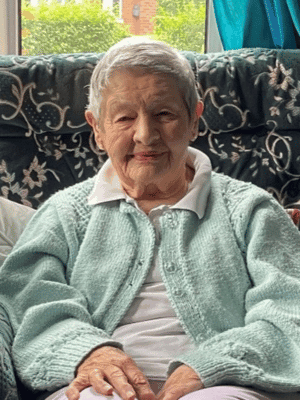
The events of August 1945 and Violet’s deep worry and horror at what the allies had done when they dropped the A-Bombs on Japan is reflected in her memories of VJ Day, a formative experience that stayed with her, with Violet becoming a lifelong campaigner for nuclear disarmament.
In comparison, for W&M78 Herbert Coulter who was serving in Burma with the 8th Belfast Heavy Anti-Aircraft and preparing for the invasion of Malaya (now part of Malaysia), the atom bombs couldn’t have come soon enough. He recalls;
“We spent some weeks preparing for the invasion and were not too happy about it, after over three years out east and six years' service in the Army. However, much to our surprise, we heard the news that the Americans had dropped an atomic bomb on Hiroshima in Japan and another one on Nagasaki a few days later. I considered the first bomb, dropped on 6 August, was a great birthday present for me. That was my birthday. Then Japan surrendered and we were surprised and delighted to be on our way home in September in the Stirling Castle, another ship built in Belfast. Before leaving for home, we were told that the planned invasion of Malaya would have been very difficult as most of the information they had about the landing area was wrong. Actually, we would have been landing into deep water instead of on to the gently sloping beaches”.
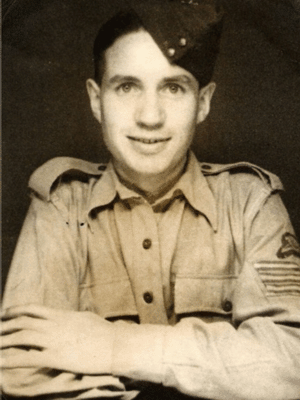
80 years on from Victory over Japan we can understand the more complex and nuanced celebration when compared to VE Day. VJ Day was marked and celebrated across Northern Ireland but it was undeniably a more muted affair with celebrations tempered by the horror of the atomic bombs and anxiety as society entered a post-war Nuclear age. Similarly, the 80th anniversary of VJ Day has been a much quieter affair in comparison to the many talks, street parties and festivals that were held to mark VE Day 80 in May 2025.
